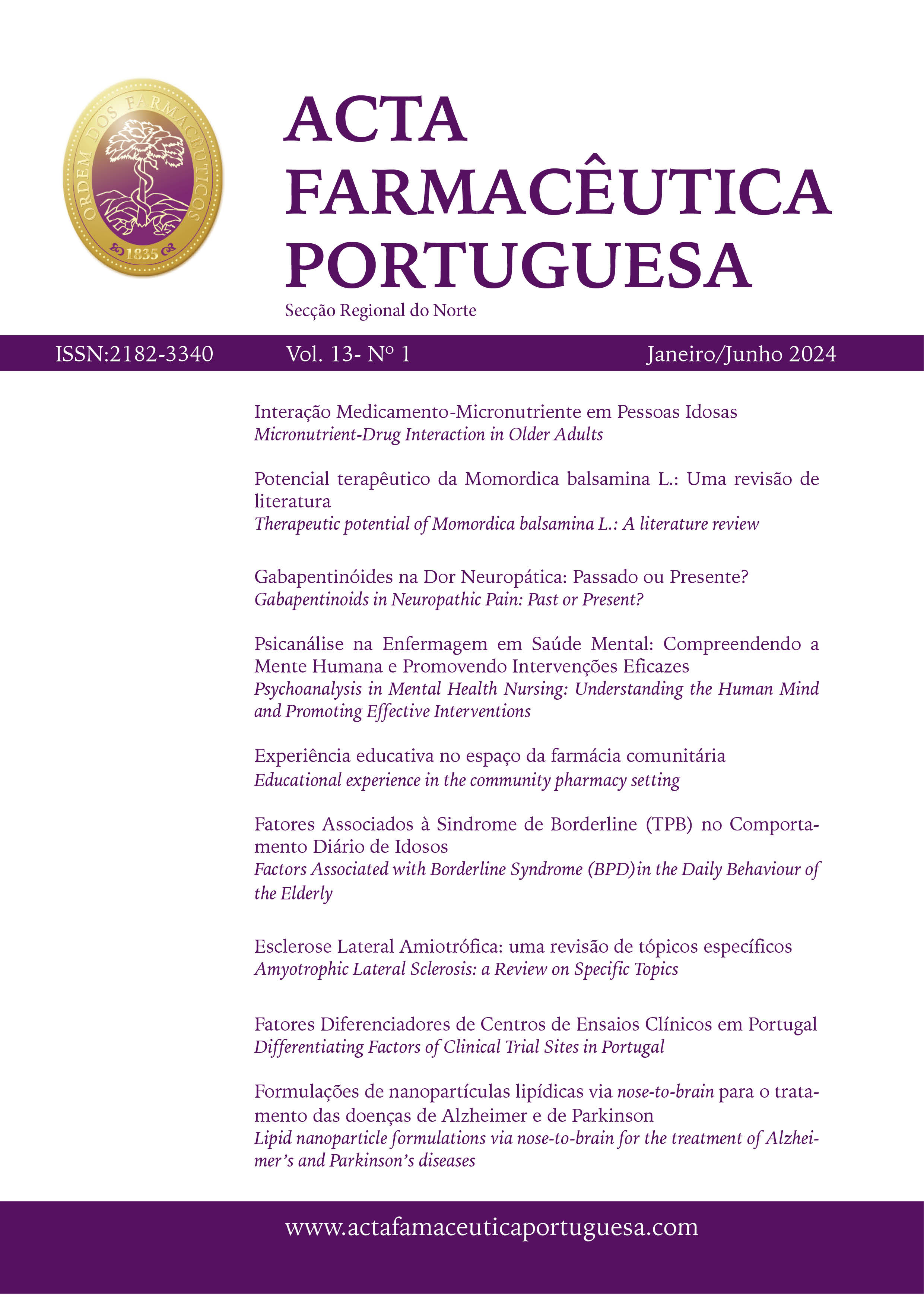Amyotrophic Lateral Sclerosis: a Review on Specific Topics
Abstract
Amyotrophic lateral sclerosis (ALS) is a rapidly progressive neuromuscular disease. As its diagnosis can be difficult, diagnostic delay can compromise optimal management. The aim of this literature review is to describe epidemiology, molecular bases and current and under development diagnostic methods of ALS and to analyze current treatment and recent clinical trials. A narrative literature review was made, consisting of bibliographical search on PubMed, Embase, ScienceDirect, Cochrane Library, Wiley Online Library, ResearchGate, SpringerLink, MDPI and SciELO, to identify articles published between 2018 and 2023. Studies concerning epidemiology, molecular bases, diagnostic methods, treatment, and recent clinical trials of ALS were included. Neurology textbooks were also consulted. Mean age of onset is 51-69 years. Incidence and prevalence seem to be slightly increasing. Risk factors are frequently mentioned. Etiology is unknown. Proposed mechanisms include RNA processing, protein homeostasis and neuronal cytoskeleton dysfunction. Diagnostic methods imply electrophysiological studies (mandatory) and may comprise additional studies: neuroimaging, neuromuscular ultrasound, laboratory testing and genetic testing. Four main disease-modifying treatments are mainstay of pharmacological treatment. New pharmacological treatments are under investigation. ALS poses diagnostic and treatment challenges. Further research is necessary essentially to discover more effective pharmacological treatment.
Keywords: amyotrophic lateral sclerosis, epidemiology, molecular pathology, diagnosis, pharmacological therapy.


